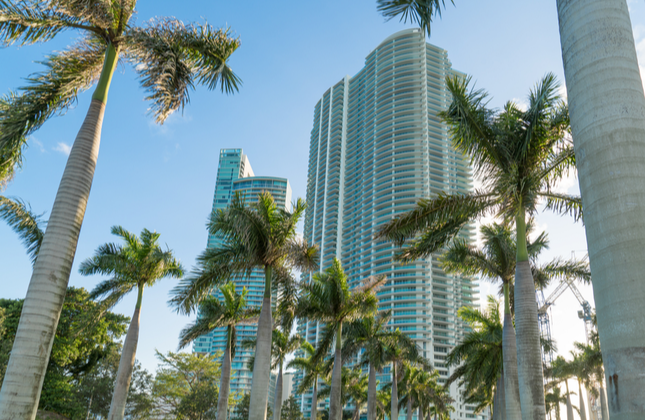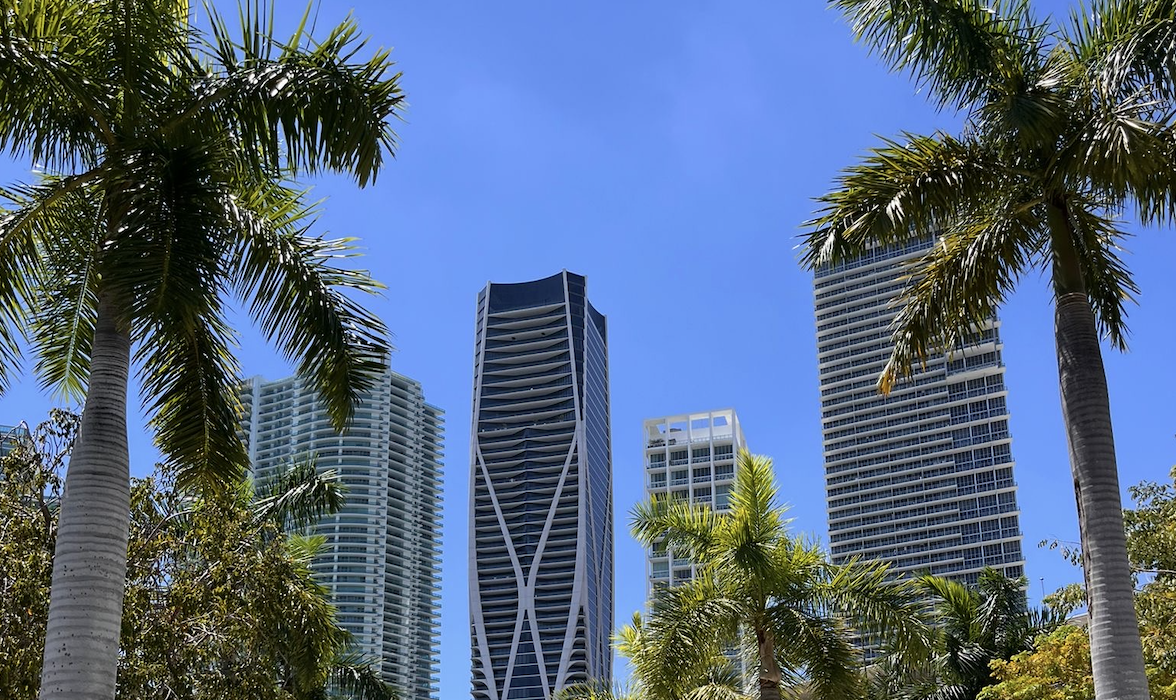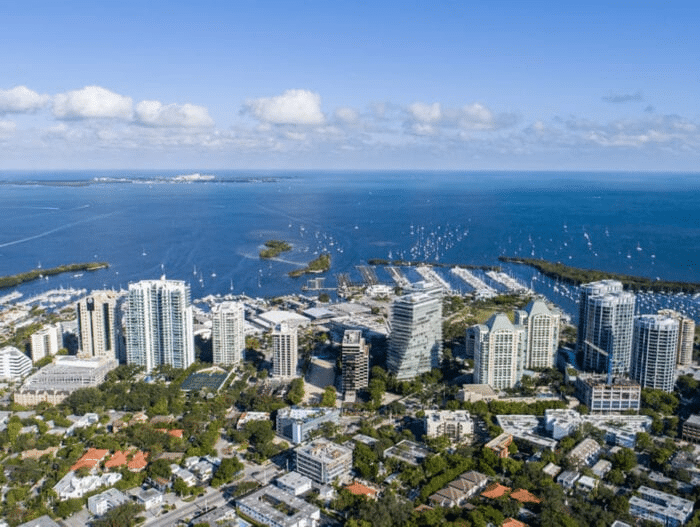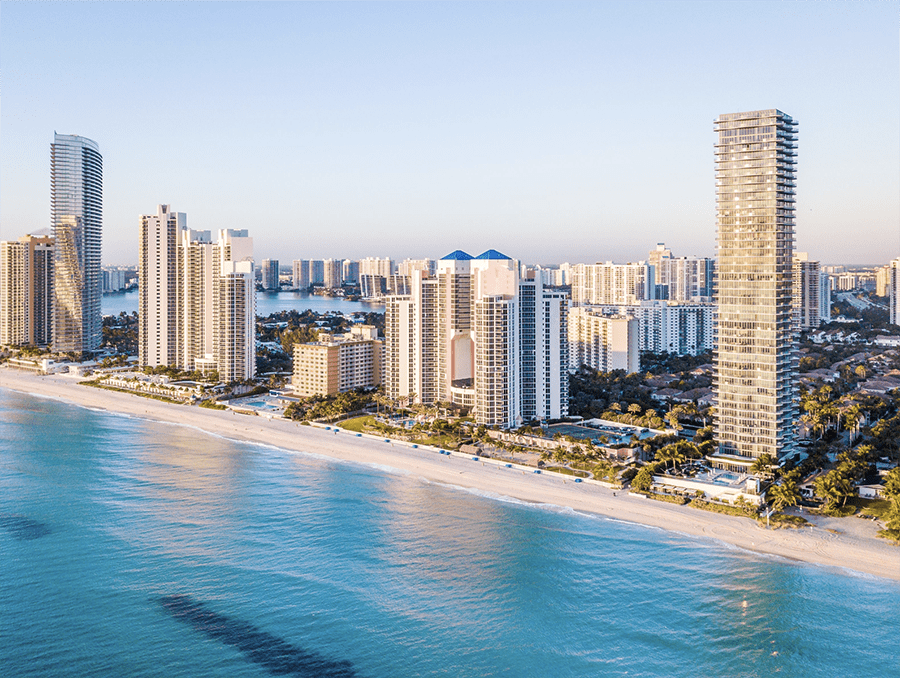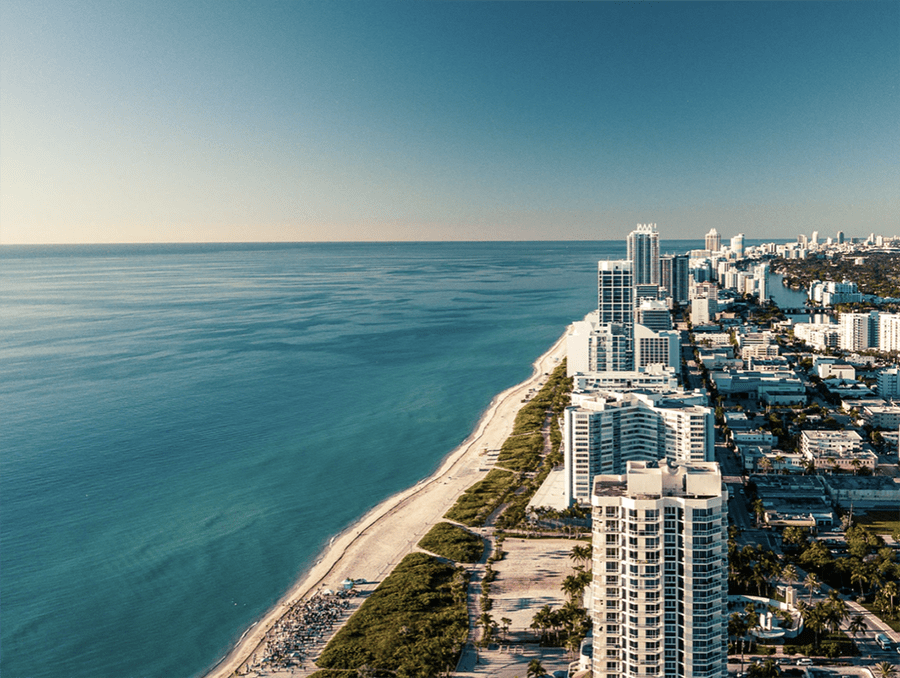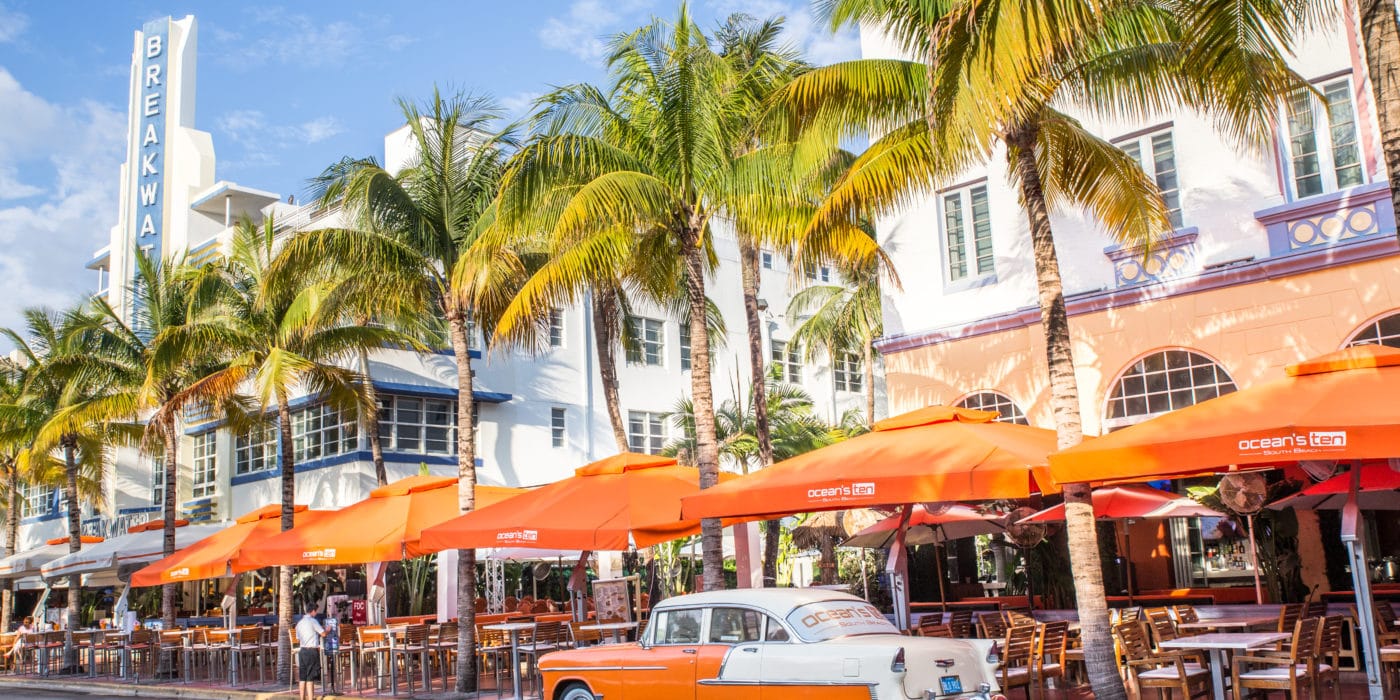South Florida Housing Market Presents Unique Opportunities as Inventory Expands
Latest data from the Miami Association of Realtors reveals favorable conditions for buyers while showing resilience in key sectors
The South Florida real estate landscape is experiencing a significant transformation, creating what experts are calling an opportune moment for prospective homebuyers. March data revealed the highest inventory of homes and condos available in the region in six years, opening doors for buyers who have been waiting for more options.
According to the latest report from the Miami Association of Realtors, Miami-Dade now boasts over 13,000 active condo and townhome listings, representing a robust 43.5% increase compared to the same period last year. While the median sale price has adjusted slightly downward by approximately 2%, this correction creates a more accessible entry point for buyers previously priced out of the market.
Single-family home transactions saw a moderate shift, with closed sales moving from 1,041 in March 2024 to 961 in March 2025. Similarly, townhomes and condos recorded 1,041 closed sales this March compared to 1,100 in the previous year.
The neighboring Broward County reflects similar trends, with inventory up by 43.4% and median prices showing a 3% adjustment. Single-family home sales remained relatively stable with 1,062 closed sales in March 2025 compared to 1,084 in March 2024, demonstrating the sector’s resilience despite changing market conditions.
While townhome and condo sales in Broward showed more variance—1,070 closed sales this March versus 1,197 in March 2025—industry observers point to this as a natural market recalibration rather than a concerning decline.
Recent regulatory changes have influenced the condo market landscape in positive ways for long-term stability. Buildings 30 years and older now undergo visual structural inspections as part of enhanced safety protocols implemented following the Champlain Towers incident. These measures include mandatory special assessments, structural integrity studies, and additional safeguards that ultimately benefit residents and protect investments.
Though these regulatory improvements may temporarily affect pricing through increased HOA fees or special assessments, they represent a significant enhancement to the long-term value proposition and safety of condominium investments in the region.
The outlook for single-family homes remains particularly promising. Despite the slight decrease in sales volume, Miami-Dade has seen an increase in median listing prices, indicating strong underlying demand and value appreciation. Broward County similarly demonstrates healthy fundamentals with both sales and values showing positive momentum.
The Miami Association of Realtors characterizes the current single-family home market as “balanced”—an ideal condition where supply and demand exist in healthy equilibrium. This balance typically creates stability and predictability that benefits both buyers and sellers.
For condo buyers, the current market conditions are especially favorable. The association describes it as a “buyer’s market,” giving purchasers enhanced negotiating leverage and broader selection—a perfect scenario for those looking to enter this segment of the market.
This recalibration presents a strategic window for buyers to secure properties in one of America’s most desirable regions, while providing sellers with liquidity and options in a market with healthy transaction volume. As the market moves toward greater equilibrium, both buyers and sellers stand to benefit from increased transparency, fairness, and sustainability in South Florida real estate.
